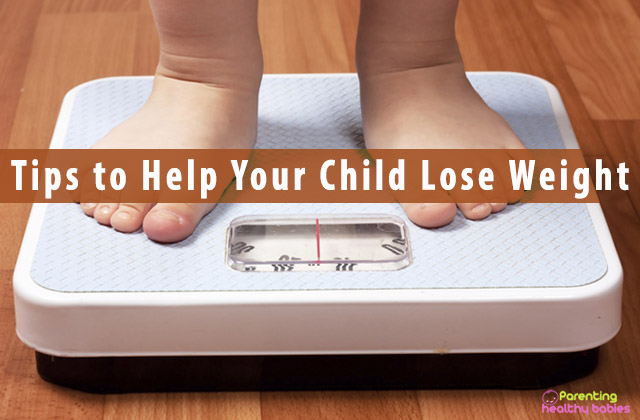Tongue tie is a condition with babies where their tongue is connected very tightly to the bottom of their mouth because of which they can’t move their tongue very well and as you can imagine that caused a difficulty with feeding. A lot of times with breastfeeding, that can cause some intense pain and problems. In fact, almost half of the babies with a tongue-tied can have some difficulty feeding. So it’s important to recognize it and when you do and if there’s a problem you want to fix the tongue tie. The baby’s tongue has a little connection between the bottom of the tongue and the bottom of the mouth. This connection sometimes goes right to the very tip and that can cause a lot of problems. When babies try to stick out the tongue, they can’t stick out the tip very much and so it looks heart-shaped.
Read More: home remedies to treat thrush in baby tongue
A Guide for Tongue Tie in Infants
Symptoms of tongue tie
In tongue
- Difficulty in the movement of the tongue from one side to other.
- Can’t touch the upper gums or roof of the mouth.
- Difficulty to stick tongue out past the gums.
- The tongue has V shape or heart shape at the tip when it’s sticking out.
Symptoms during breastfeeding
- Can’t suck the milk properly.
- Tend to chew the nipple then sucking it.
- The baby will be fuzzy during feeding.
- Makes a kind of clicking sound during the feed.
- Have weight issues.
- Will be hungry most of the time.
- Digestive problems, burping gas reflux.
How to check for yourself
Check for this is doing a self-exam. So, when looking for a lip tie, if you raise their top lip and you see frenulum. So if the frenulum attaches and if you can swipe your finger and feel like this, swipe your finger across the top of their upper lip and you feel something in the way, your baby probably has a lip tie. Breastfeed a lot laying down because that was the comfiest position for baby to get most of the breast in her mouth where she could nurse correctly.
Read More: 21 Tricky and Funny Spanish Tongue Twisters
Causes of tongue-tie
Generally, the lingual frenulum separates before birth which allows the tongue’s free range of motion. In tongue-tie, the lingual frenulum continues to attach to the bottom of the tongue. Why this happens is largely unknown, even in some cases occurred due to genetic factors.
Effects of untreated tongue-tie
- Untreated tongue-tie can have an effect on breastfeeding and bottle feeding.
- It can also have an effect on the ability to eat solid foods, to use a straw.
- It can have an effect on speech. Certainly, there are kids who have a speech disorder who do not have tongue tie. However, there have been cases where babies or people who have had a tongue tie that was not treated and then developed speech and they didn’t develop speech adequately. They were delayed in speech or they had poor articulation and after the tongue was revised they spoke more clearly and had improvement in their speech. So the tongue Tie can affect speech.
- It can have an effect on oral hygiene which means using the tongue to clean the mouth. If something is stuck behind your back teeth and you might use your tongue to clean out your back teeth. People, who are tongue-tied, don’t have full motion of the tongue. Usually, kids sticking their finger in mouth to clear the food out of the mouth and they know that they are not supposed to stick fingers in the mouth but they have no choice because they are tongue-tied. So tongue-tie can affect oral health. There’s a suggestion that this can actually lead to an increased risk of cavities because if you can’t clean the surfaces of your teeth well you may be more likely to have cavities.
- It has been suggested that it may even have a role in orthodontics and sleep apnea. There’s been a suggestion that tongue tie may be tied to airway problems or sleep apnea. The reason for this, if you think about it, your nose holes are right above your palate so if your tongue doesn’t go up and stretch your palate, it may also not stretch your airway up. There’s also a portion of the airway that can have the tongue fall back and block and so a tongue tie is going to prohibit the tongue from getting out of the way of the airway
- The tongue can also affect the development of the palate and the jaw and the reason this is because the normal resting position of your tongue is actually with the front of the tongue, behind your front two teeth and the rest of the tongue resting on the palate. However, if the kid is tongue-tied, the tongue cannot rest at the roof of the mouth of the palate.
Read More: Thrush in Babies: 11 Effective Home Remedies Every New Mom Should Know
Treatment of tongue-tie
What do you do when a baby has tongue tie
Talk to your doctor to see if they can do a tongue tie surgery, where they cut to release the little connection at the bottom of the tongue. Not too many doctors do that. You have to make sure that the doctor that you choose uses pain control and a topical anesthetic so it numbs up the skin and also some medicine to prevent any bleeding. The procedure is where the doctor basically cut the connection that connects the tongue to the bottom of the mouth and releasing the tongue. It takes just a few minutes and right away after that, simply feed the baby and usually you can notice a drastic difference right away. If you think that your baby has tongue-tie, make sure you address it. Never run away because it can lead to problems and there is a fairly quick and relatively simple procedure that can be done to release the tongue tie.
Read More: Possible Causes of Dry Mouth in Children
Conclusion
There’s no way to know. Unfortunately, the tongue tie will actually affect the speech, oral hygiene. It is a treatable one, so don’t panic and take the child to doctor for the treatment in the early stage.













